The Sanxingdui Ruins are located in Guanghan City, Sichuan Province, about 60km from Chengdu. One of the most important archaeological discoveries of the 20th century, they are believed to be the remains of the Shu Kingdom, dating back about 3,000-4,000 years.
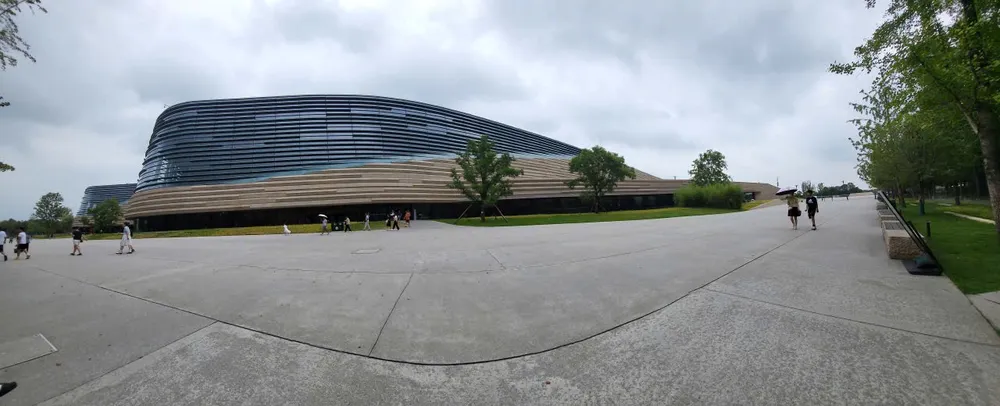
The Sanxingdui site was only discovered in the spring of 1929. By 1986, archaeologists had excavated two very large-scale sacrificial pits, more than 1,000 beautiful and precious artifacts that shook the world of antiquities. Along with the excavation of a series of rare, sophisticated and mysterious artifacts, historical mysteries also appeared one after another. The museum attracts visitors with a rare bronze collection of ancient Shu, and is a research site for scientists .
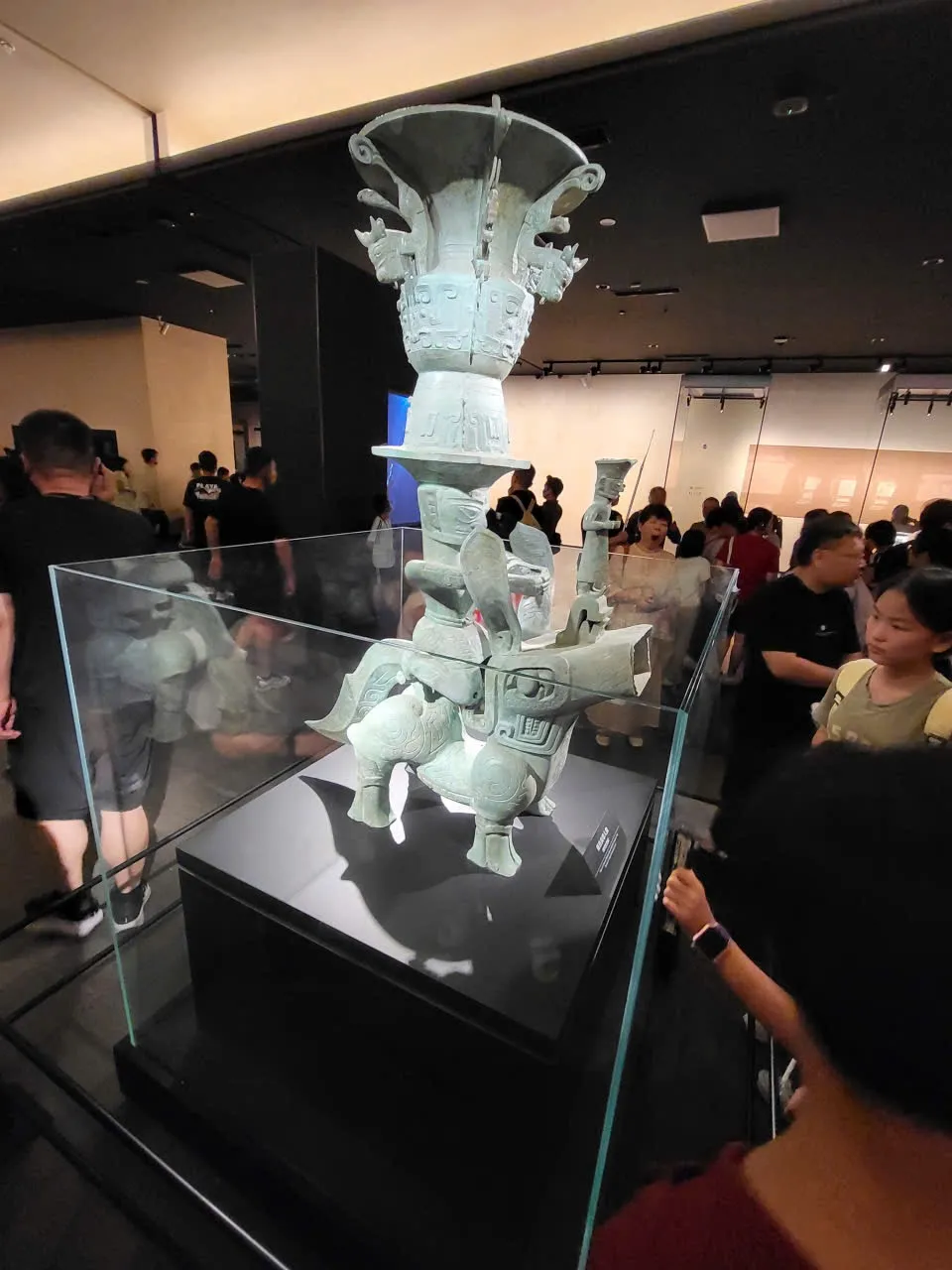
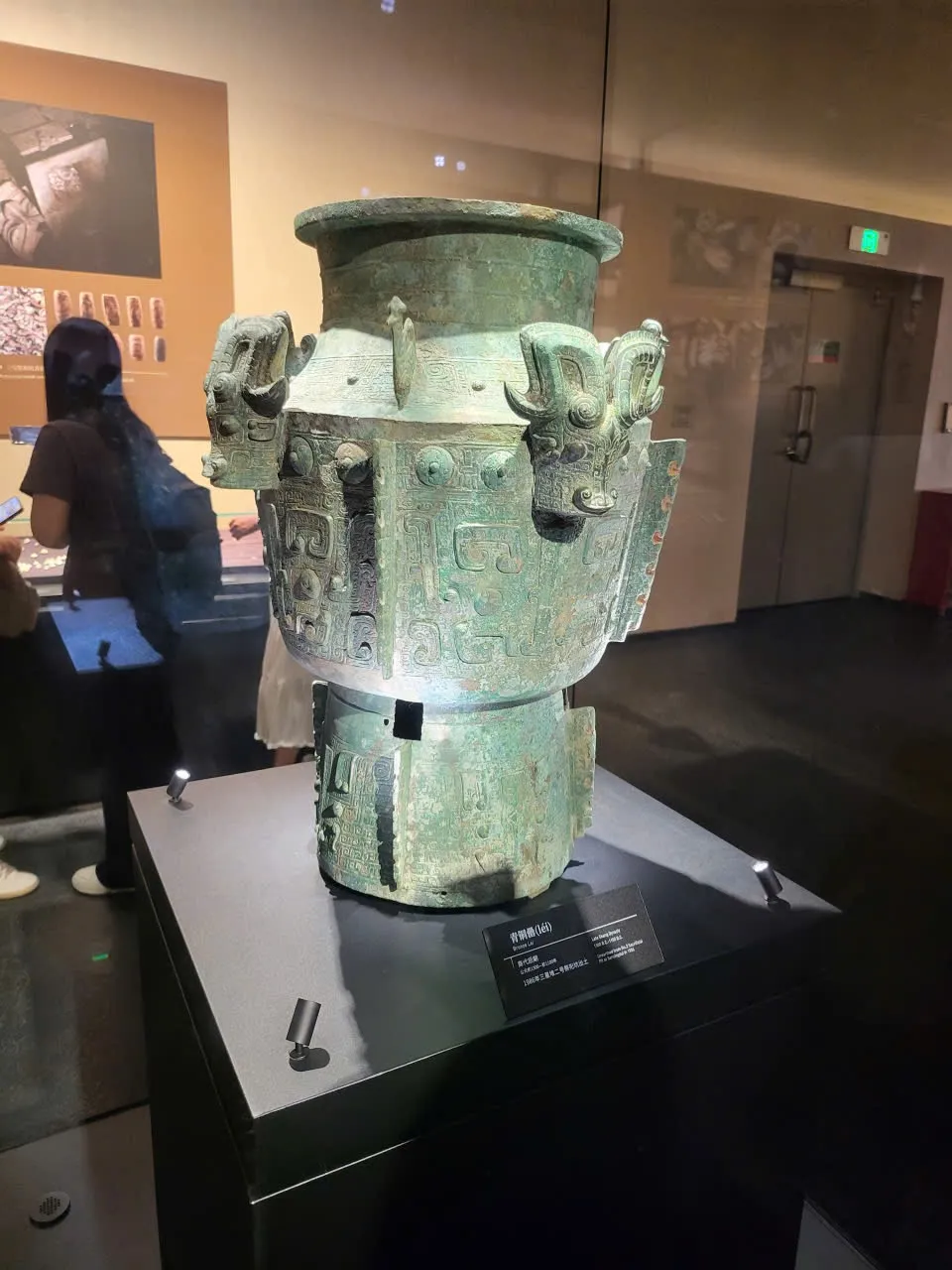
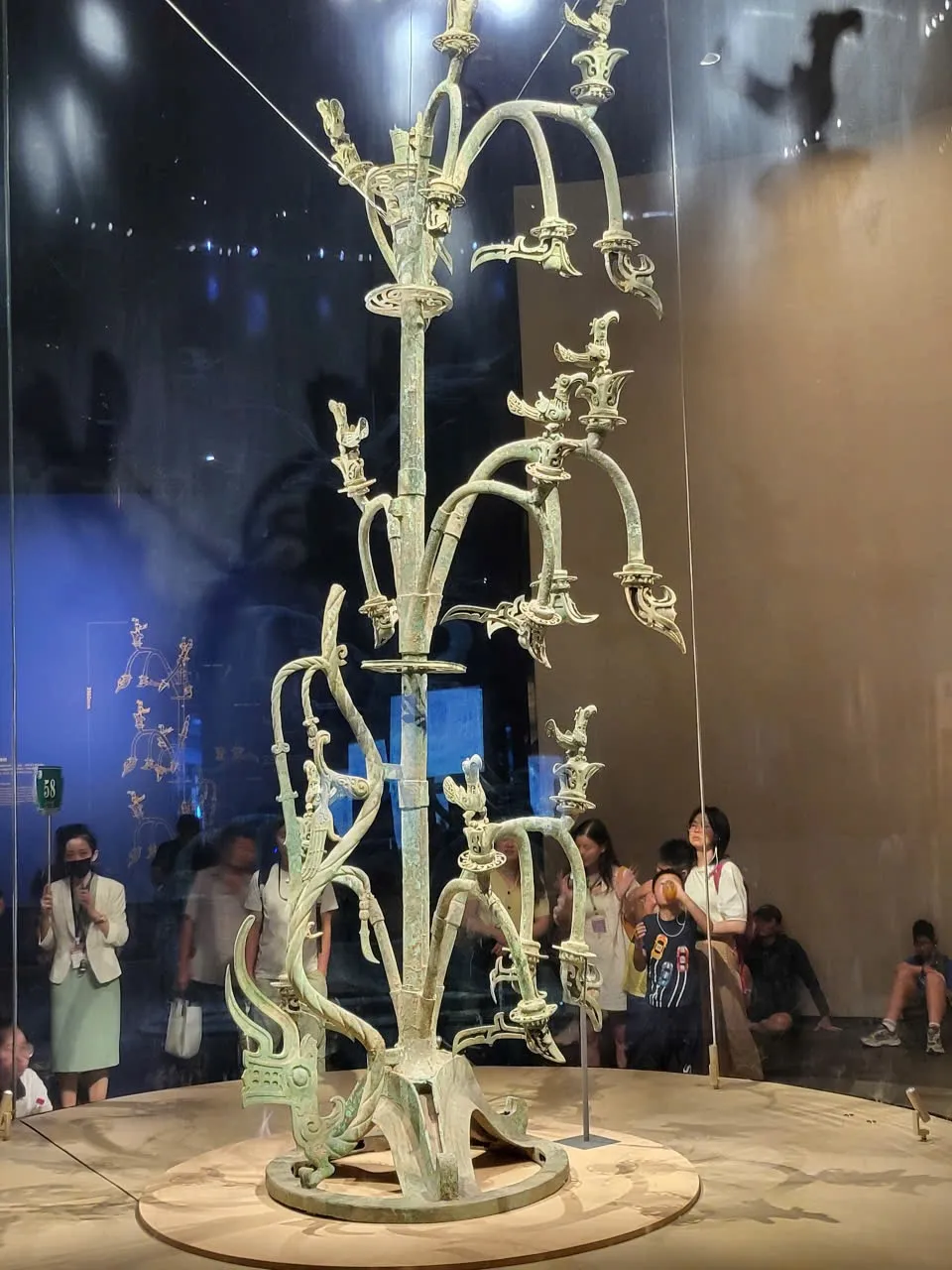
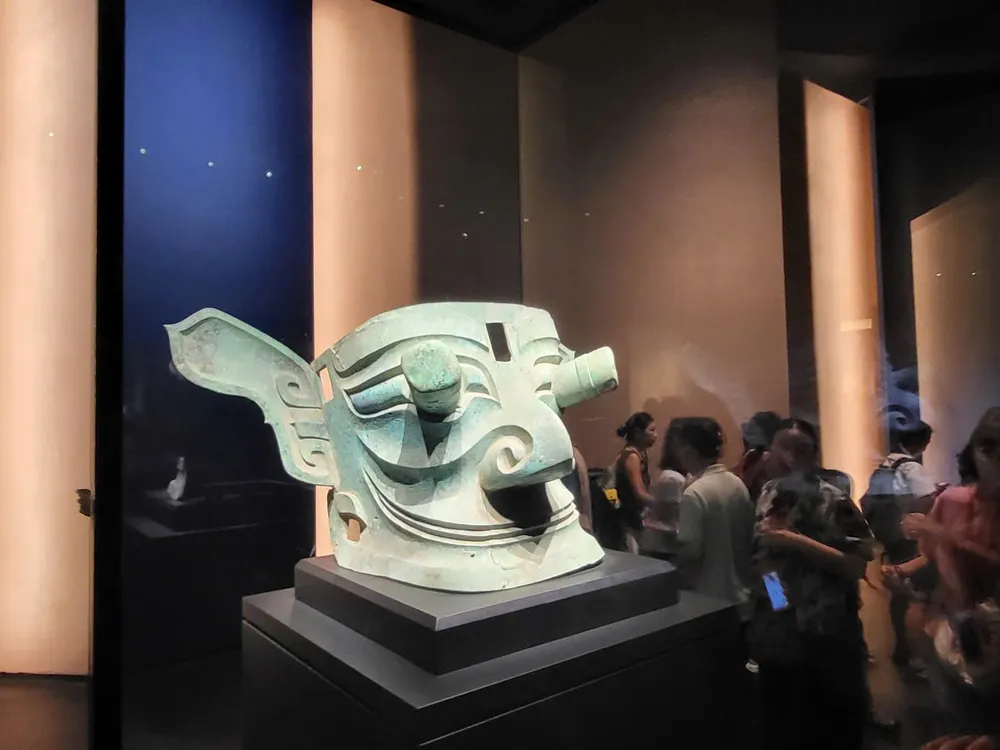
The bronze mask is one of the rarest and strangest artifacts in the collection of more than 1,000 Sanxingdui artifacts. The mask depicts a face completely different from that of a contemporary person, with large eyes, a flat and wide mouth, thick eyebrows, no chin, and a face that is half smiling, half angry. Up to now, people still do not understand what this face represents, who it depicts, and what it is used for.
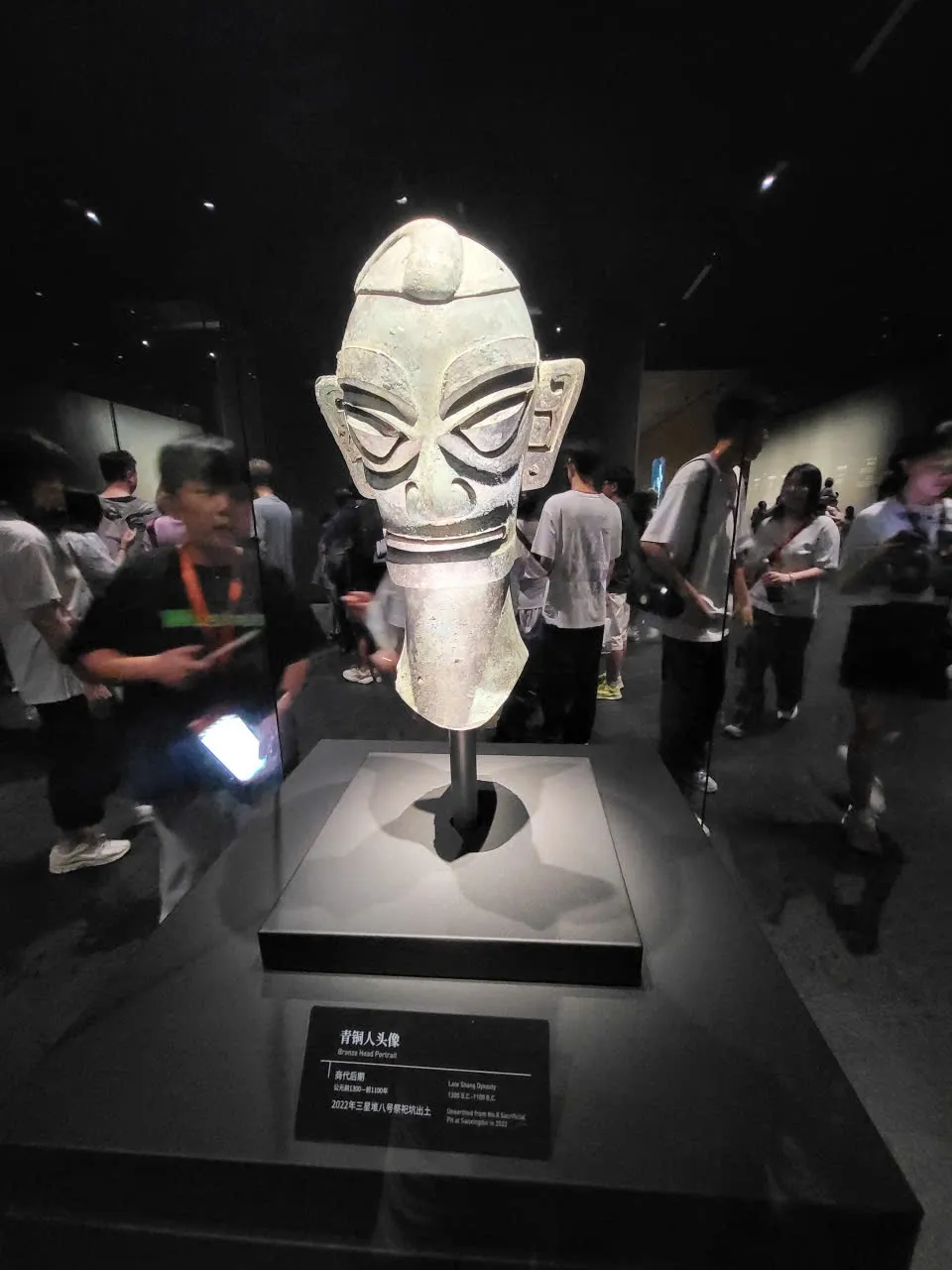
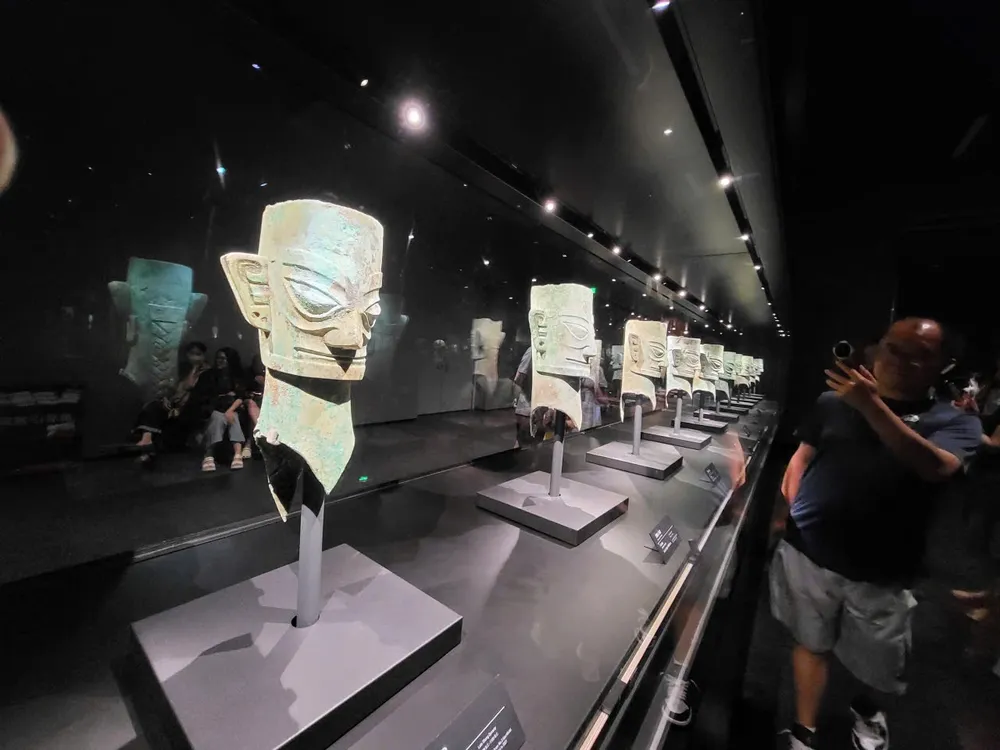
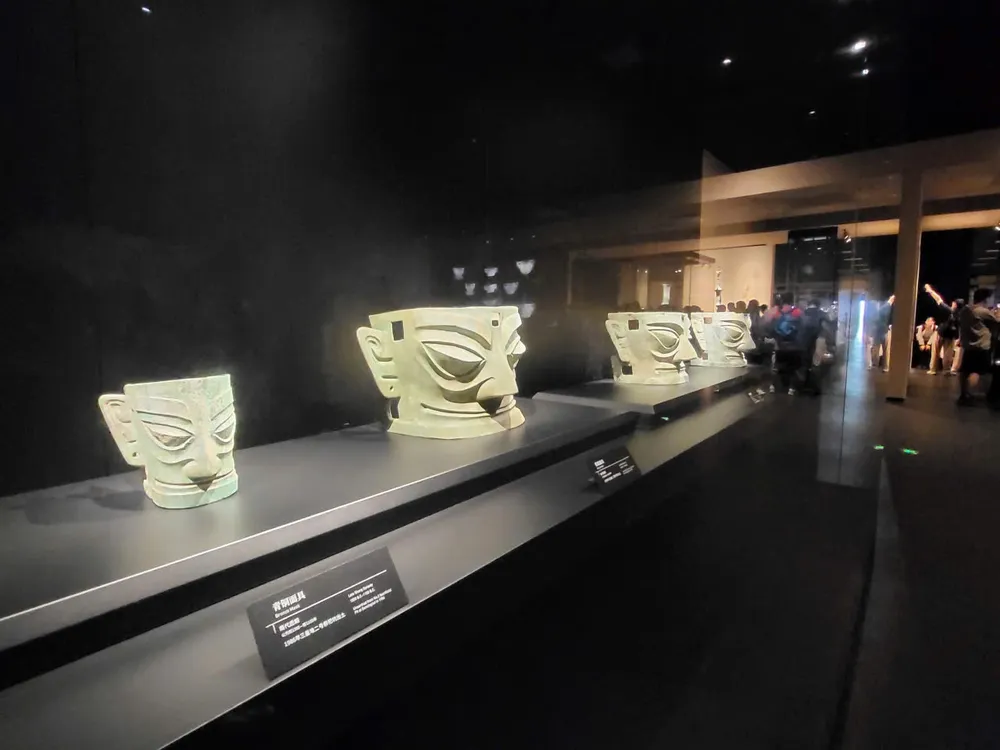
Leshan Giant Buddha Scenic Area is a famous tourist destination in Leshan City, Sichuan Province, China, notable for the world's largest stone Buddha statue carved into Lingyun Mountain. This seated Maitreya Buddha statue is 71 meters high and was built during the Tang Dynasty, to calm the rushing waters of three intersecting rivers: the Minjiang, Dadu and Qingyi. The statue was started in 713 and completed after 90 years of construction (in 803), during the Tang Dynasty. Leshan Giant Buddha was recognized by UNESCO as a World Heritage Site in December 1996.
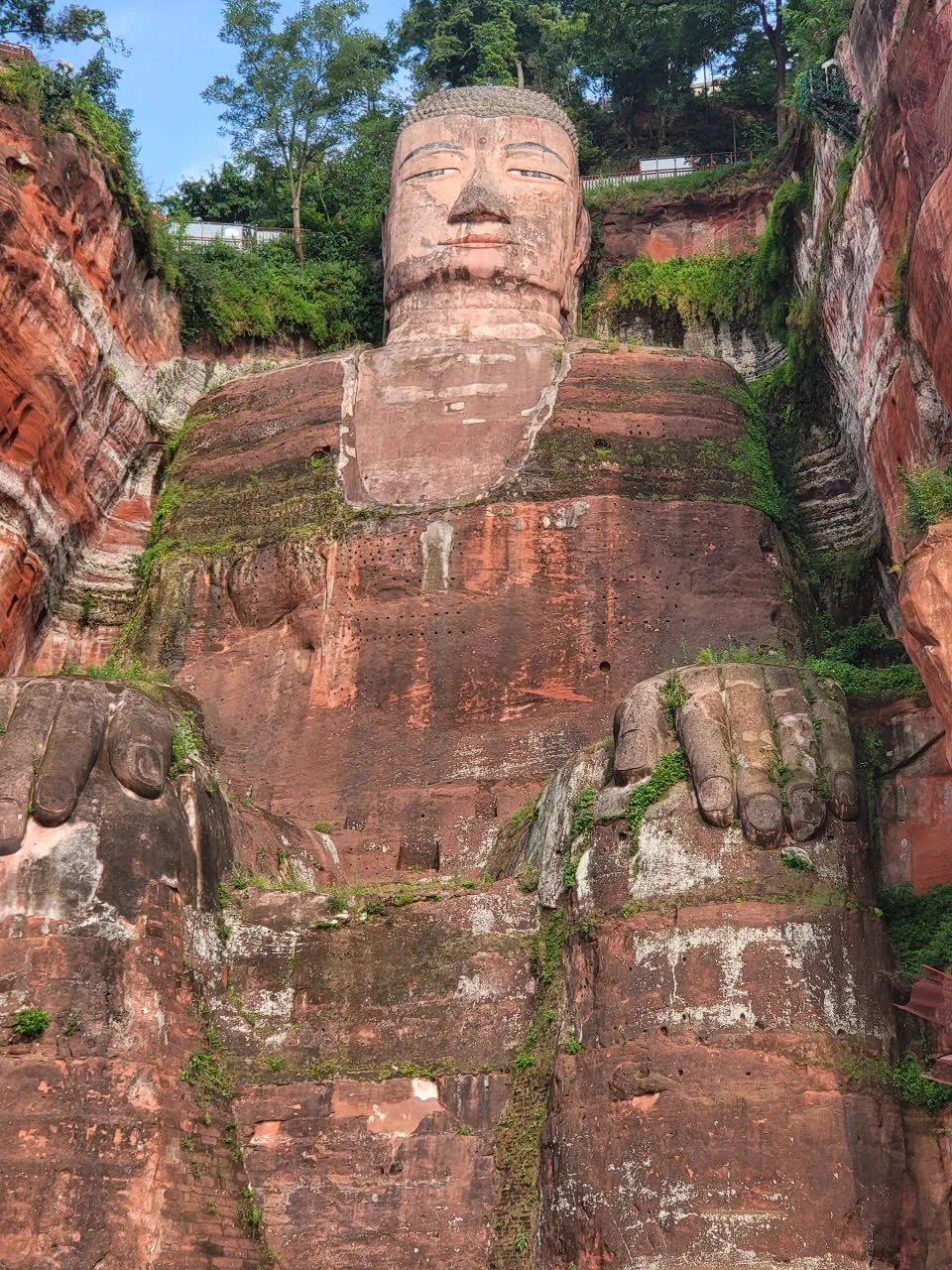
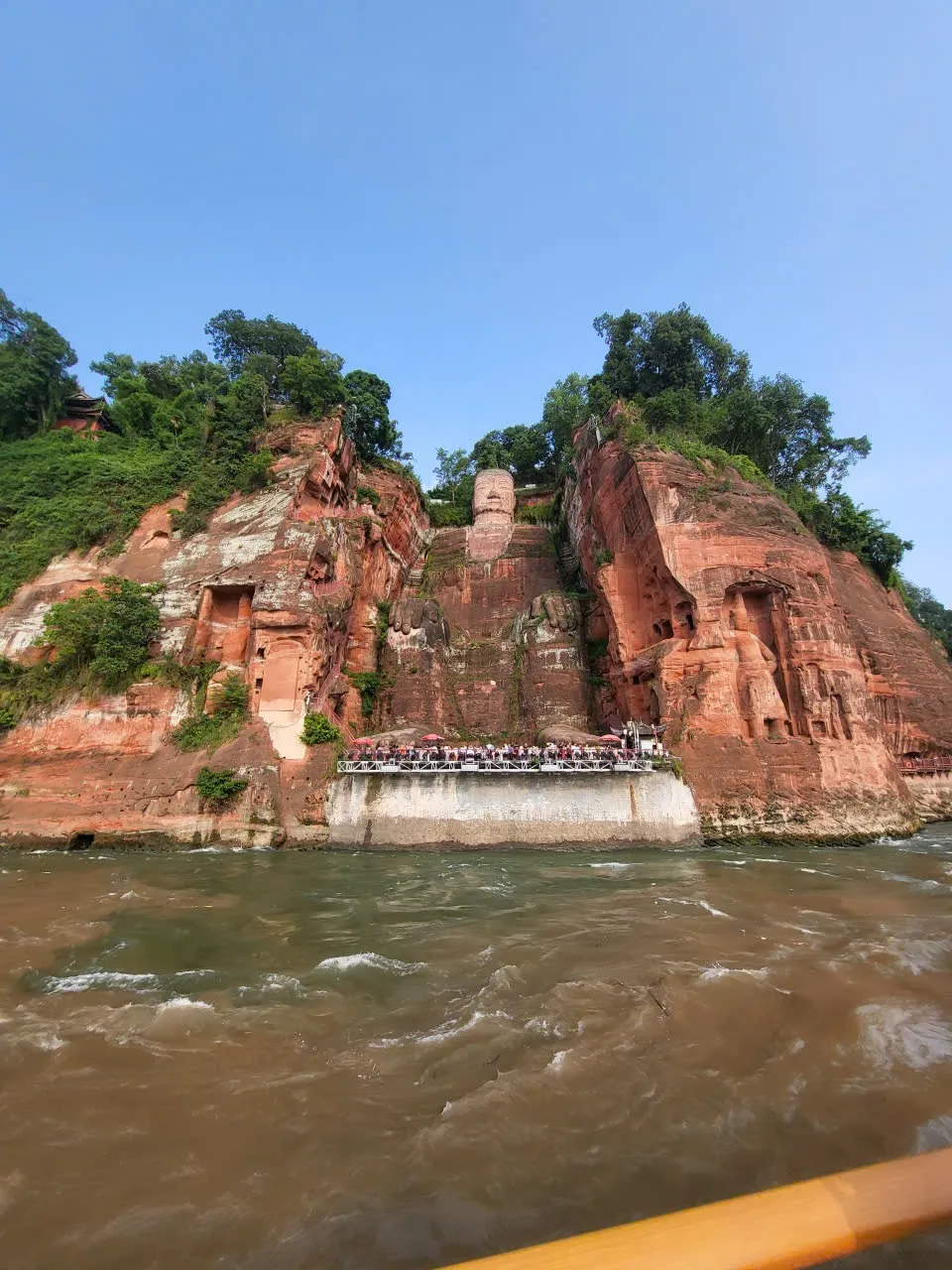
In Lac Son city, the delegation also visited To Ke ancient town , where the local government is making efforts to build it into a culinary city.
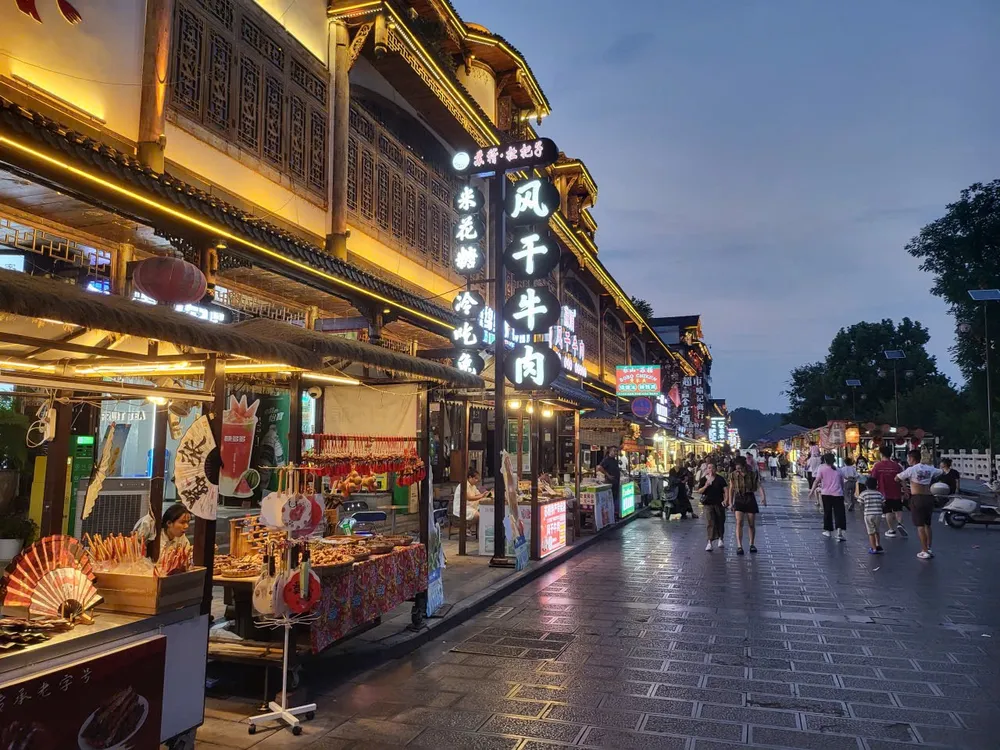
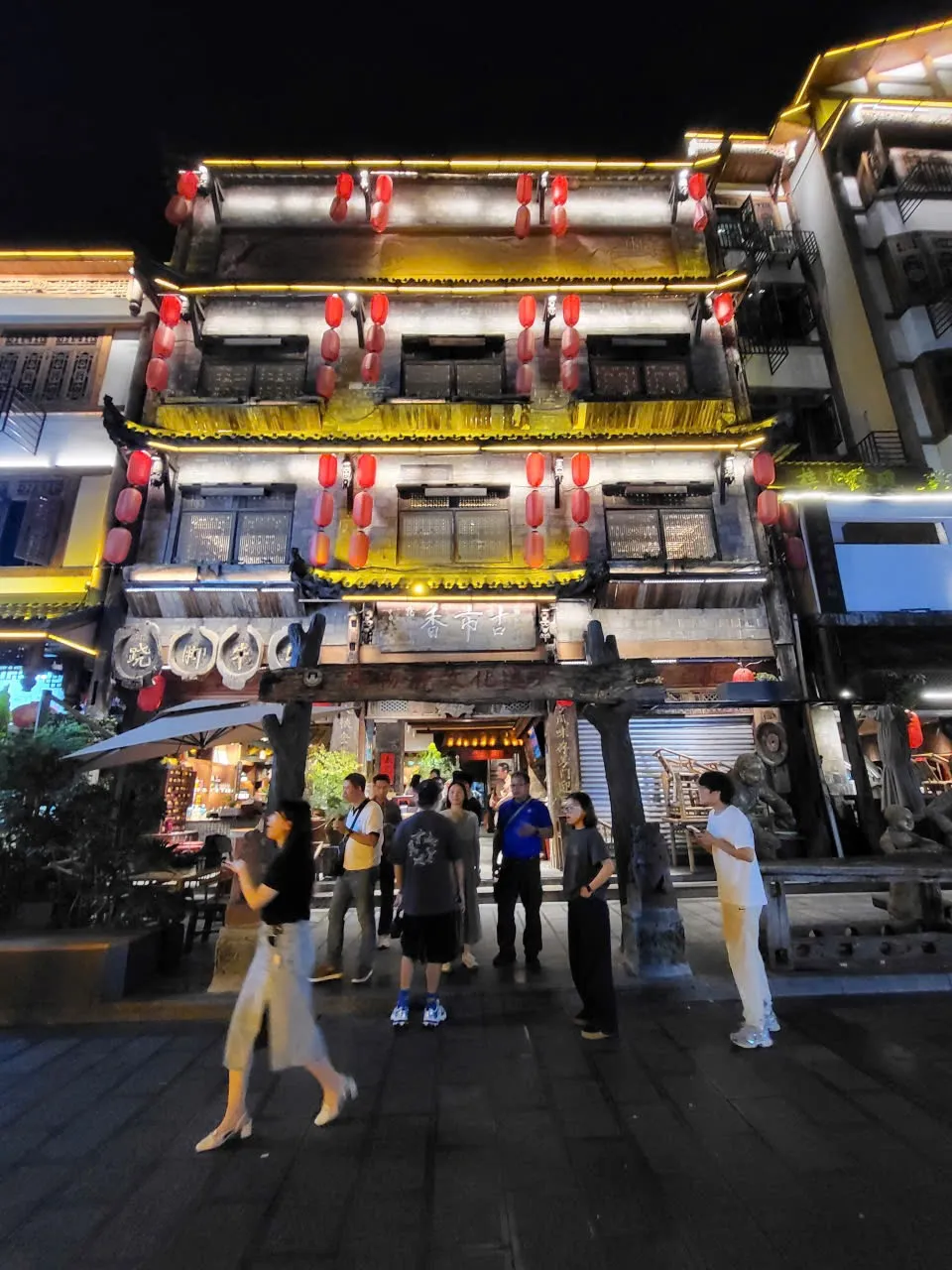
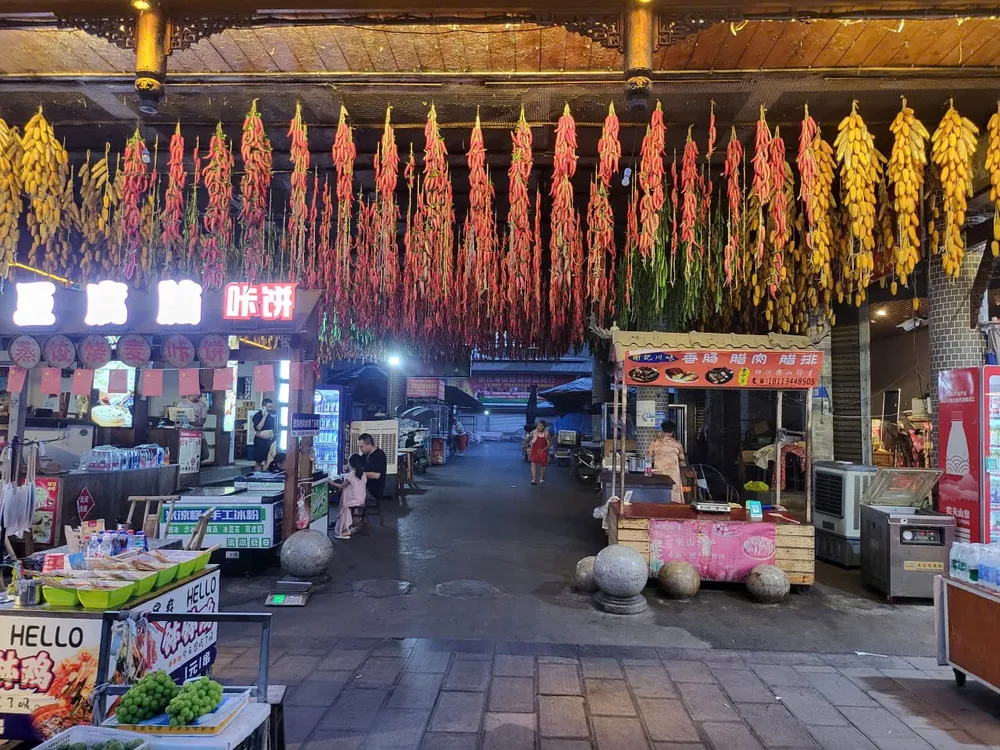
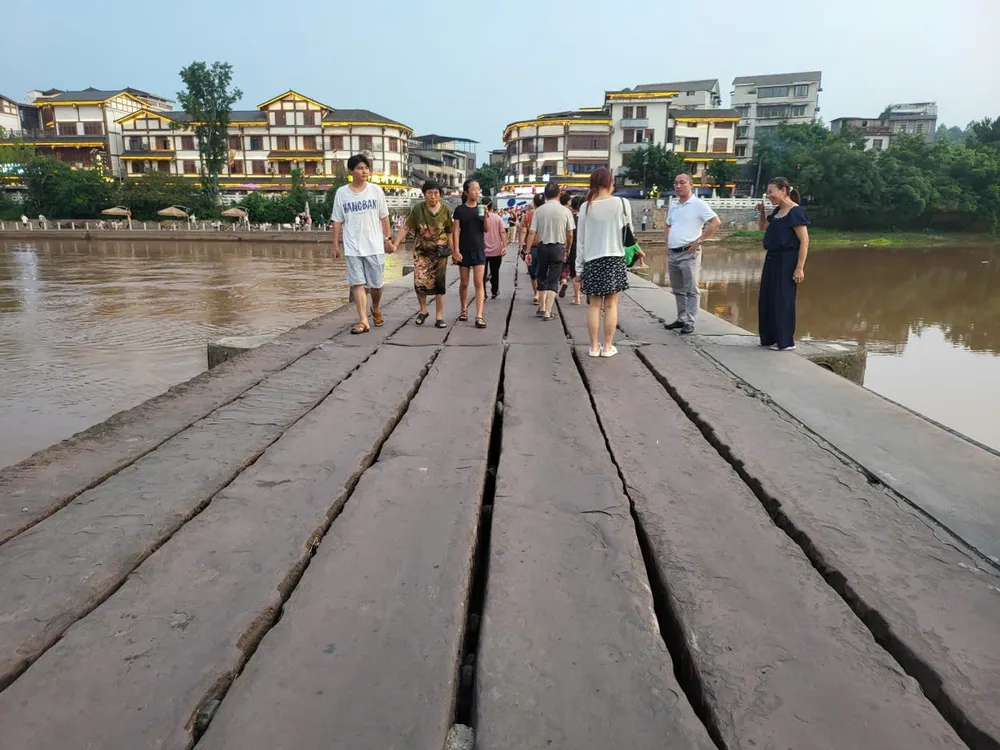
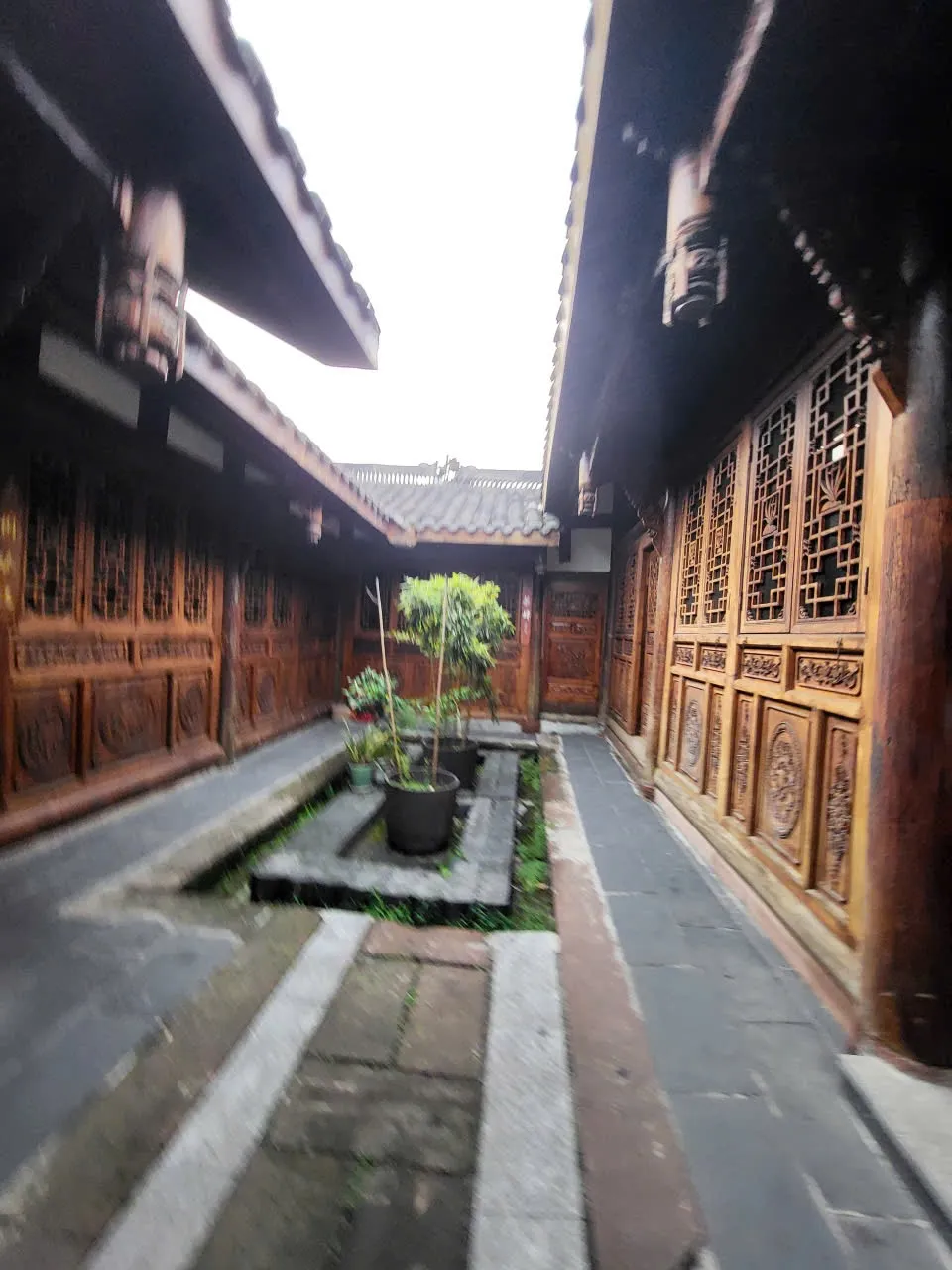
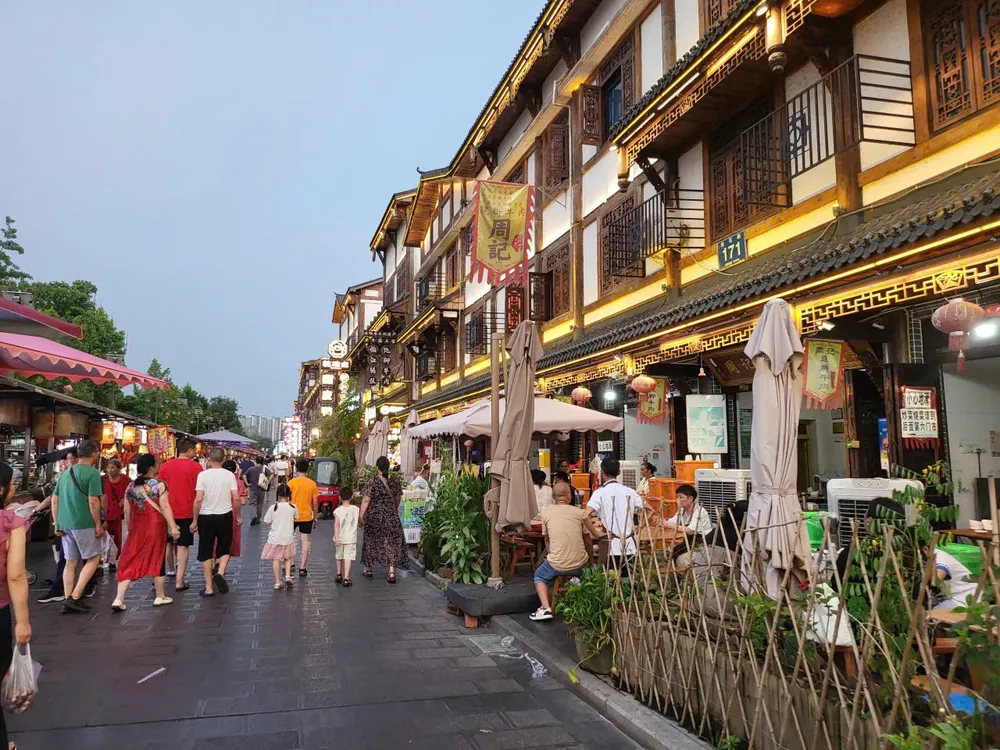
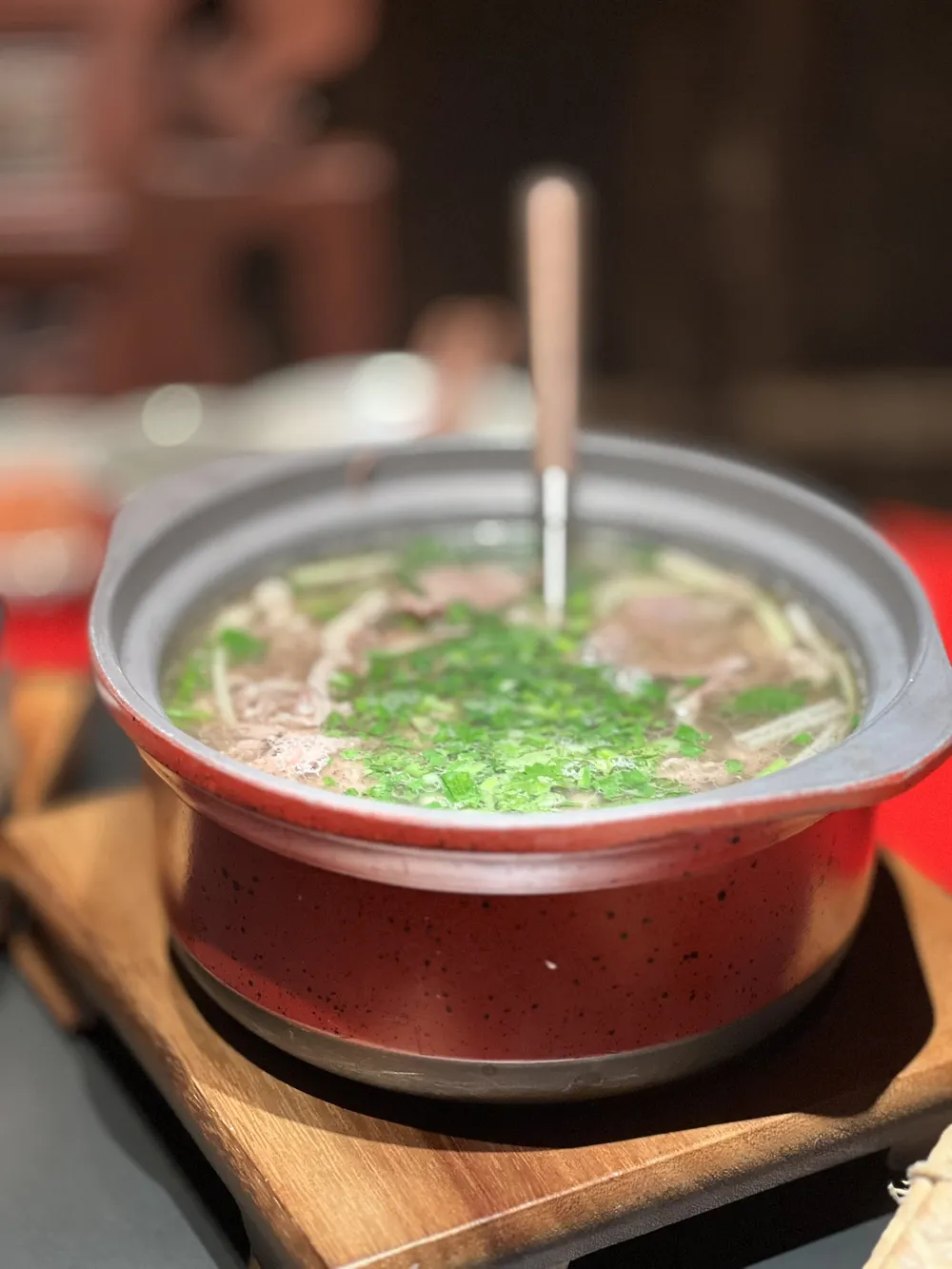
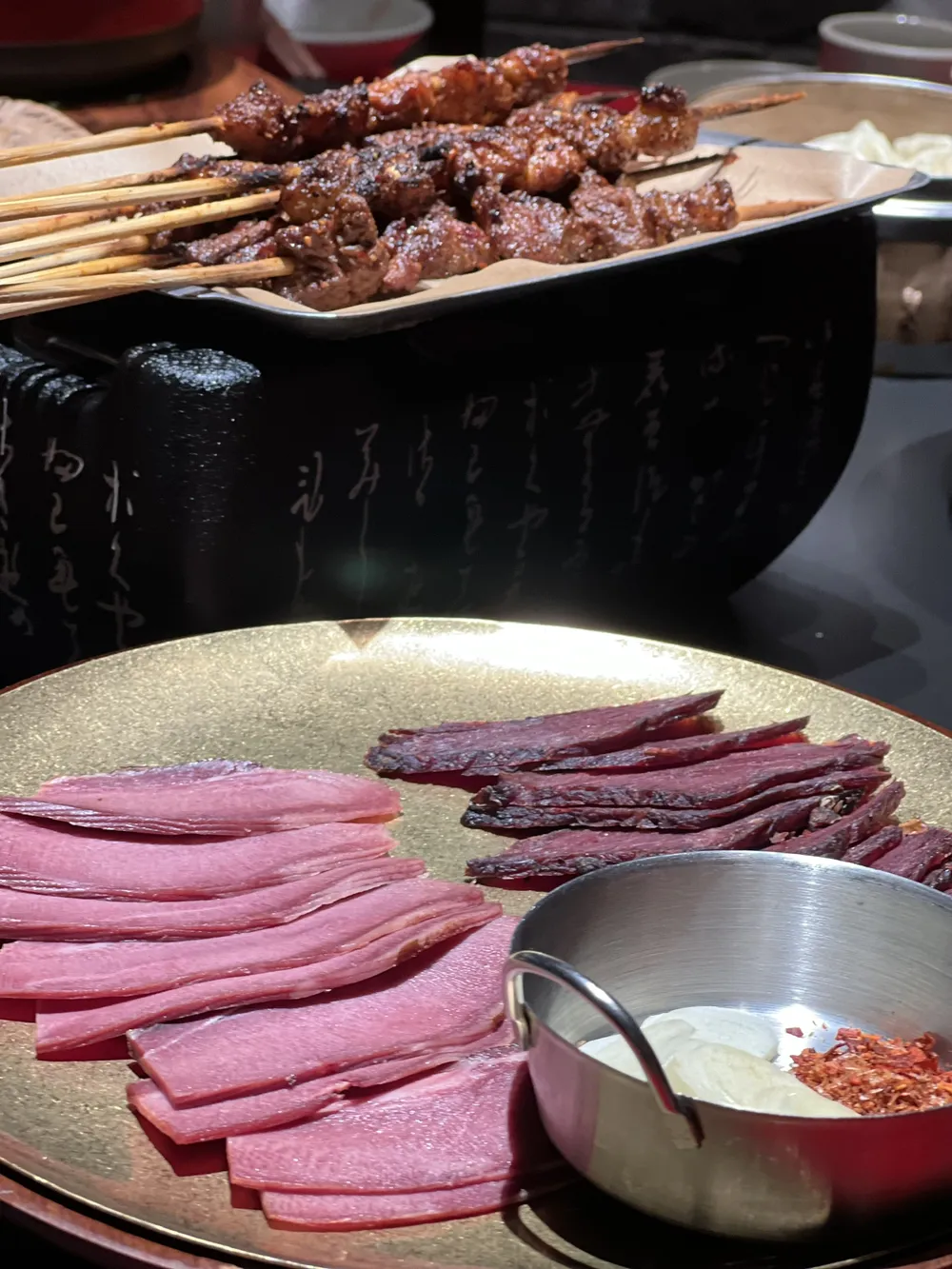
Source: https://www.sggp.org.vn/doan-bao-chi-viet-nam-tham-di-tich-van-hoa-tai-tinh-tu-xuyen-post807675.html



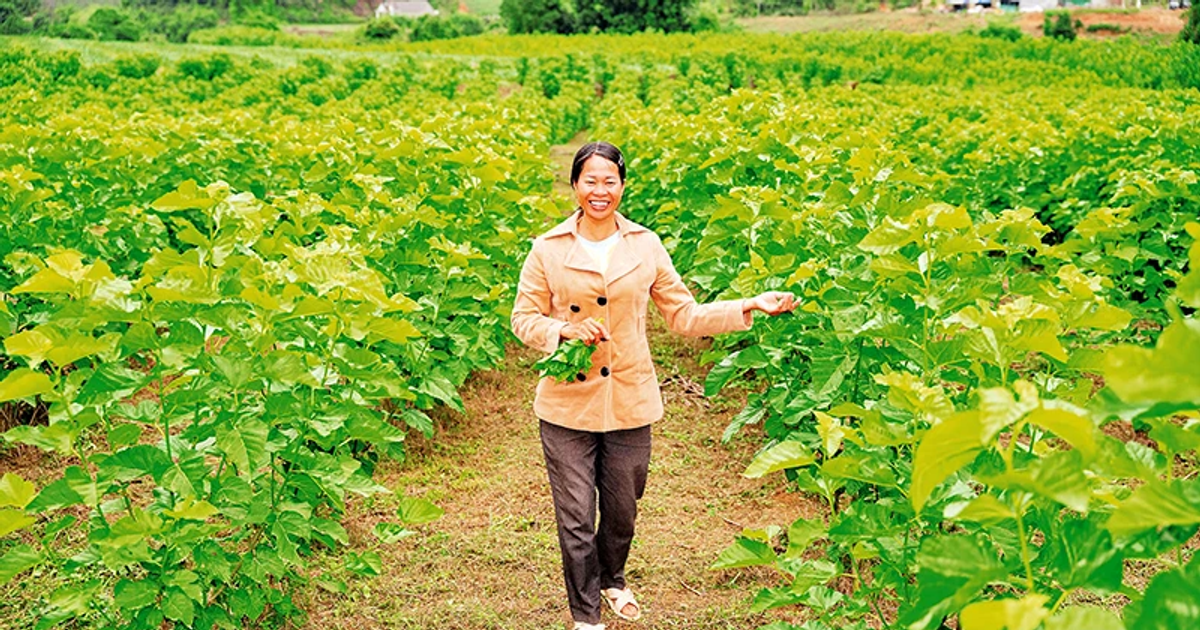
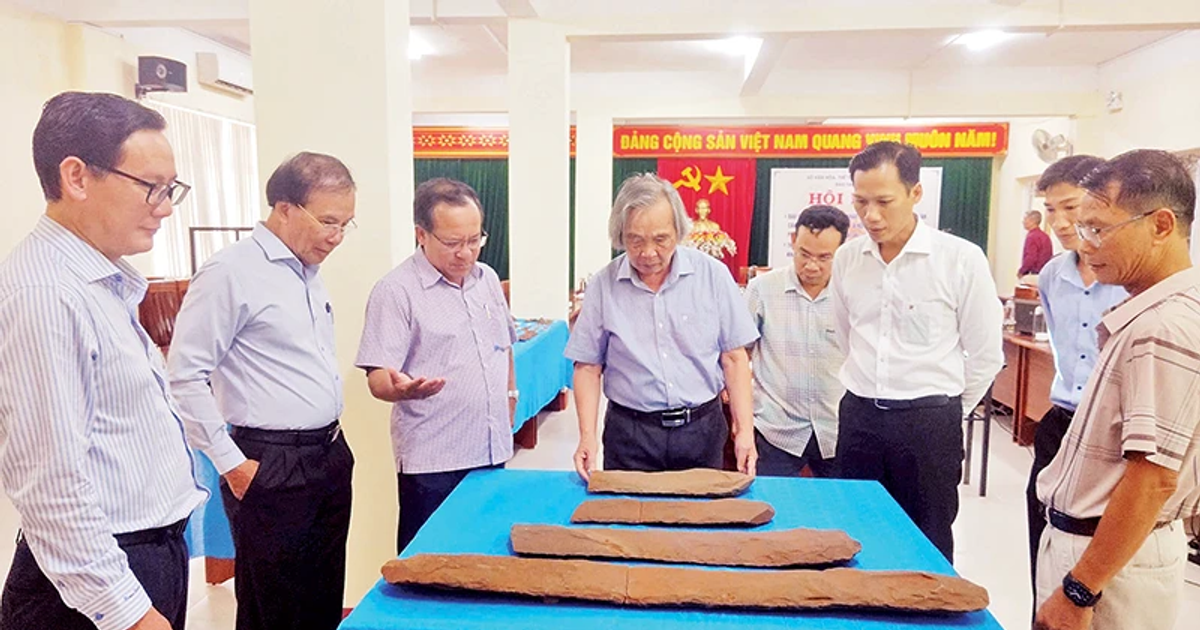


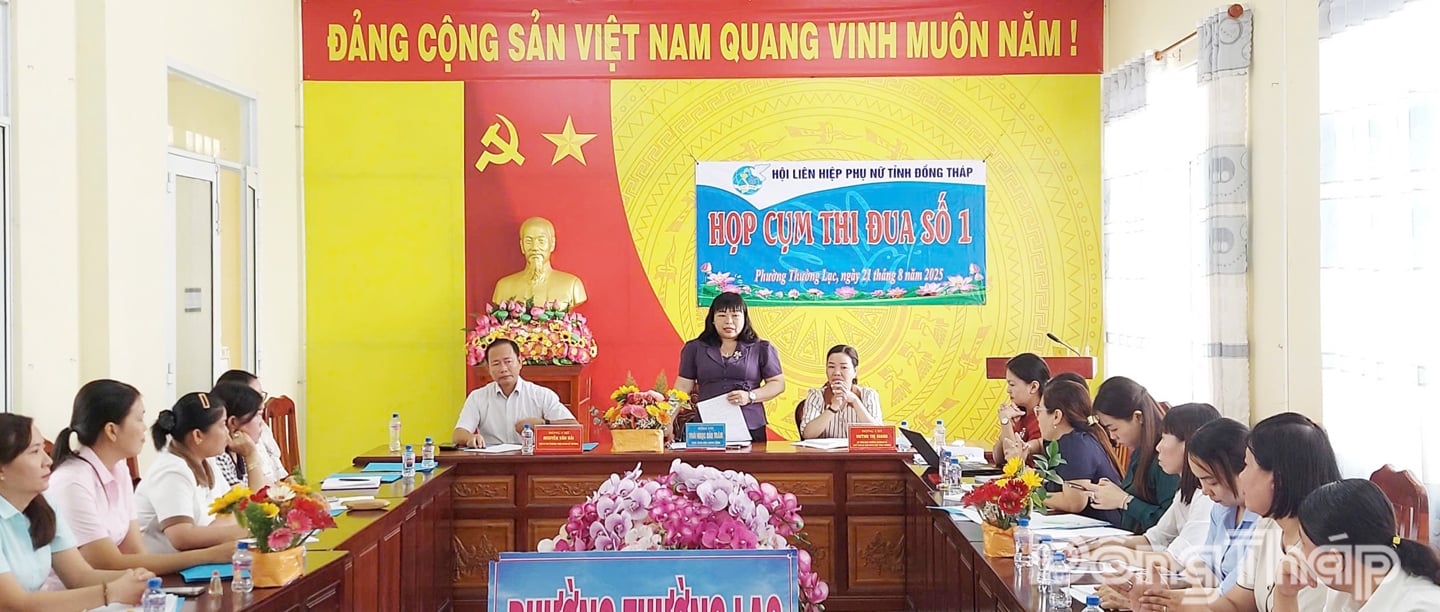
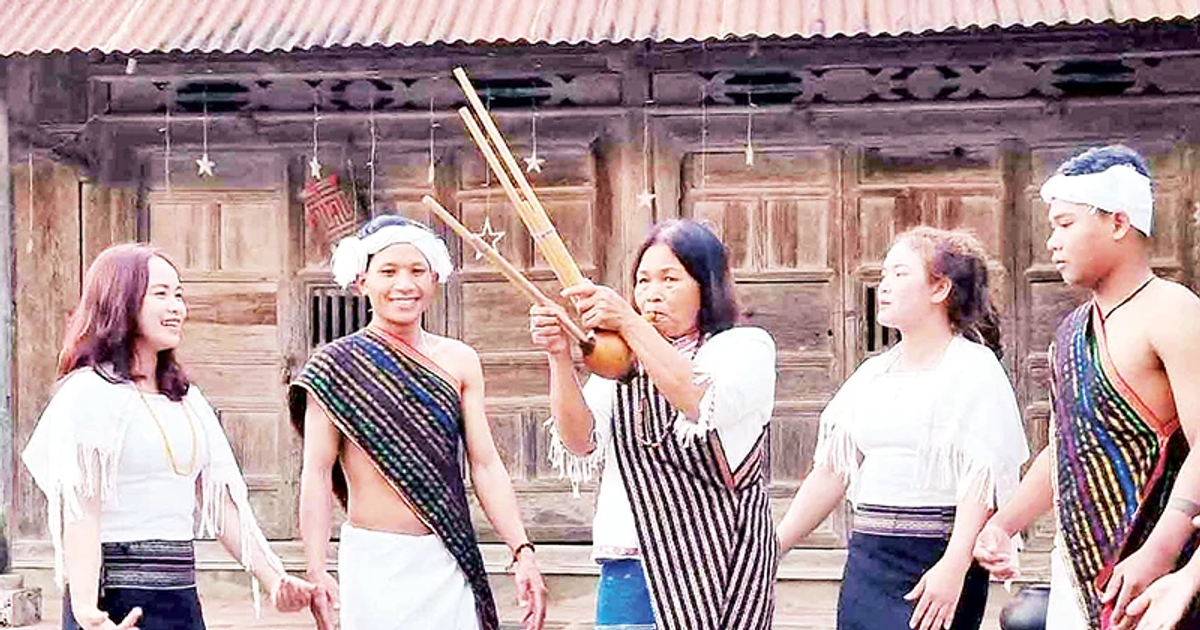
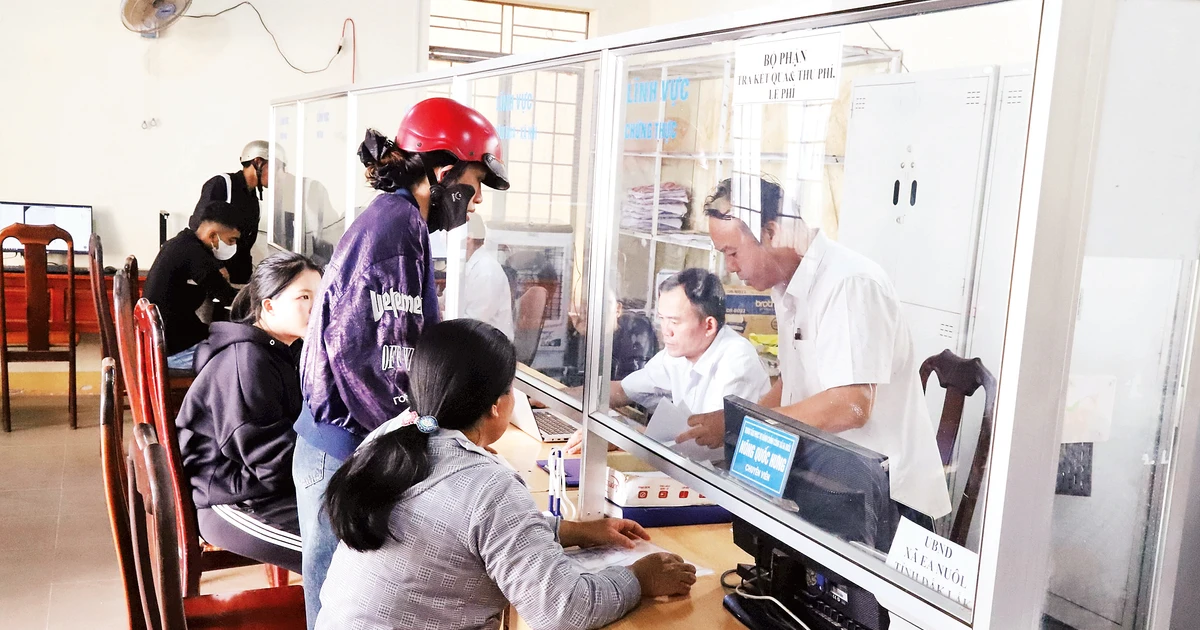
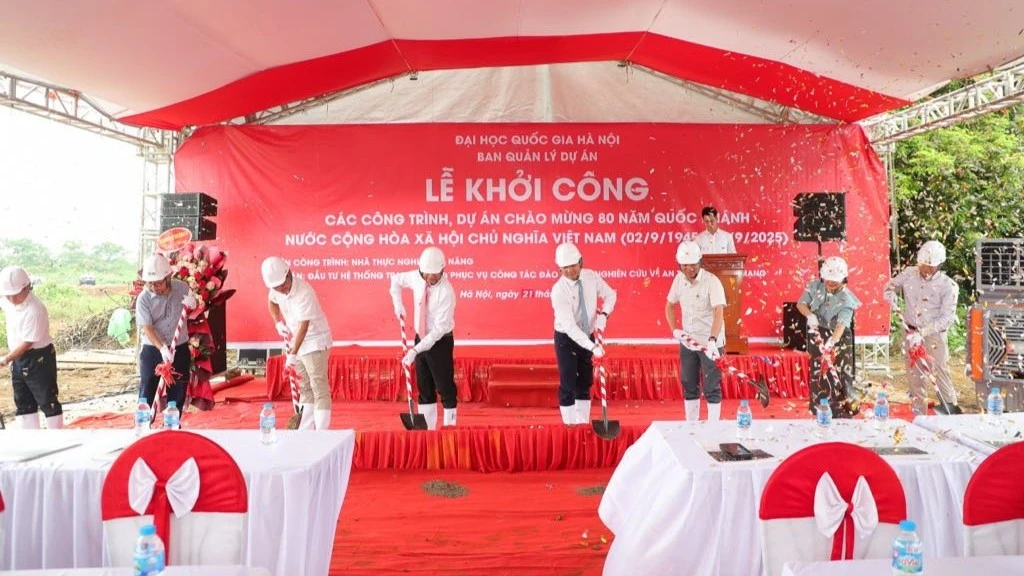













![[Photo] An Phu intersection project connecting Ho Chi Minh City-Long Thanh-Dau Giay expressway behind schedule](https://vstatic.vietnam.vn/vietnam/resource/IMAGE/2025/8/21/1ad80e9dd8944150bb72e6c49ecc7e08)






































![[Photo] Politburo works with the Standing Committee of Hanoi Party Committee and Ho Chi Minh City Party Committee](https://vstatic.vietnam.vn/vietnam/resource/IMAGE/2025/8/21/4f3460337a6045e7847d50d38704355d)
































Comment (0)